Sharks Under Fire!
When people think of shark researchers going into the field, images of exotic locations, crystal clear waters, usually in a tropical locale and with coral reefs, comes to mind. The adventure of searching for a large toothy predator in its environment is often tinged with a hint of danger. What does not come to mind for the average person are the unknown elements, some seen, others unforeseen.
Most people outside our field rarely ever think about other potential dangers such as rough seas, inclement weather, disease, natural disasters, or civil and political unrest. Yet, often these events may be far more dangerous than searching for and studying sharks in their natural environment.
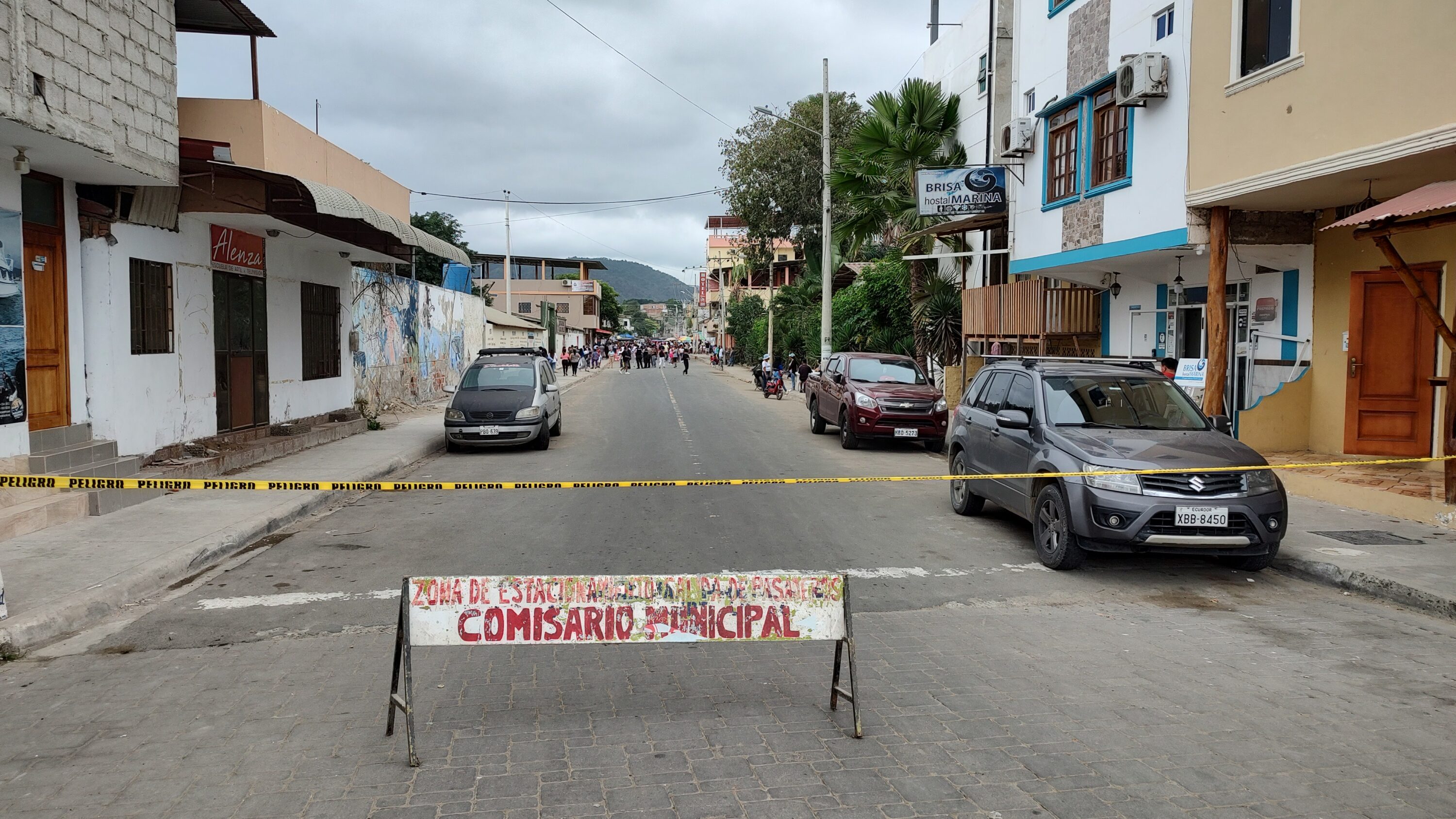
People outside the field rarely ever think about potential dangers such as civil and political unrest. During the field expedition to Ecuador several political assassinations occurred, which limited the landing site and ports that could safely be visited. These unforeseen events are far more dangerous than searching for and studying sharks in their natural environment. Photo © David Ebert
Take for example an expedition I took to Ecuador as part of my Save Our Seas Foundation Keystone Grant (#594) to search for Ecuador’s Lost Shark, the Sharpfin Houndshark (Triakis acutipinna). A shark species not seen in over 60 years, it is known from only a single location, Isla de la Plata, located about 40 km off the Ecuadorean coast and known as the “poor man’s” Galapagos. This is very type of shark I have spent my career searching for!
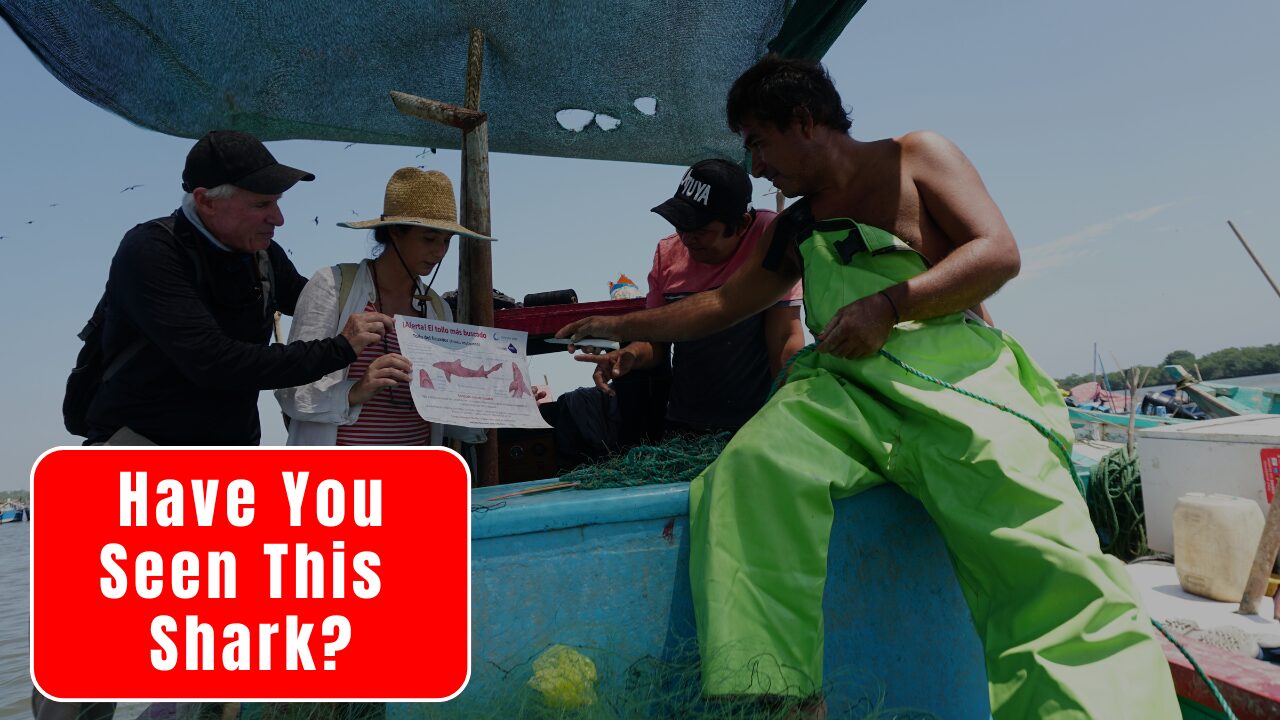
Ecuador’s Lost Shark, the Sharpfin Houndshark (Triakis acutipinna) has not been seen in over 60 years and is known from only a single location, Isla de la Plata, located about 40 km off the Ecuadorean coast. Click on link for more of the story. Photo © David Ebert
The only confirmed Sharpfin Houndshark specimens were captured in the early 1960s. It was officially described as a new species in 1968. Although the species has been listed as occurring in northern Peru and southern Colombia there are no actual specimens confirming its occurrence in these countries. Our only knowledge that this species ever existed is based on two specimens, both in museums in North America.
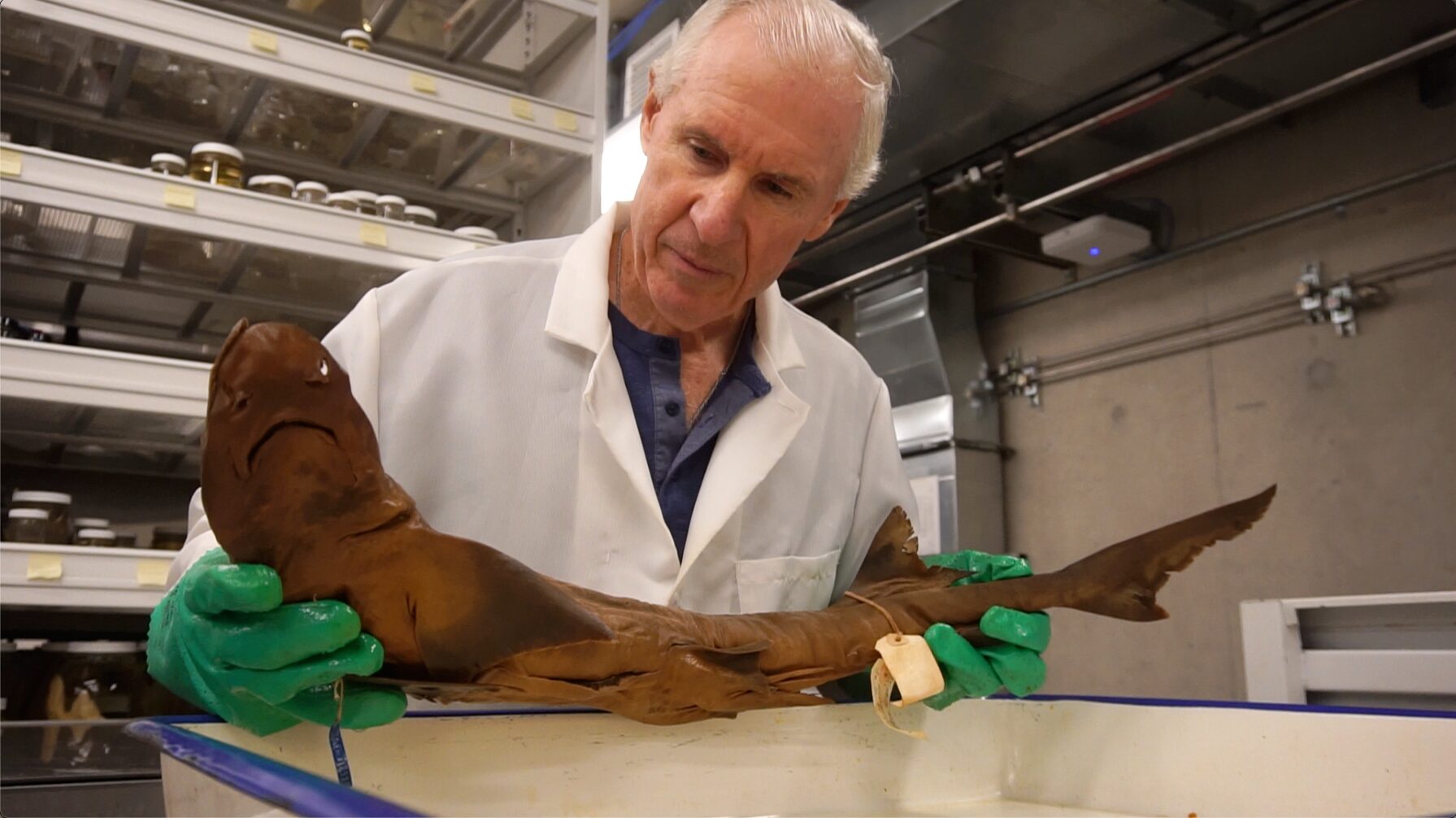
Our only knowledge that the Sharpfin Houndshark (Triakis acutipinna) ever existed is based on two museum specimens, one housed at the Smithsonian in Washington, D.C. and the other at the California Academy of Sciences in San Francisco, California. Photo © David Ebert
Ordinarily in preparing for such an expedition I expect to encounter some hazards beyond my control. What I do not anticipate is everything going wrong that one could imagine from an unexpected cyclone, unseasonal flooding, a 7.5 earthquake, drug cartels, local mobsters, piracy, and political assassinations, my team and I experienced the “The Full Monty”!
It is these unexpected hazards that can determine the success of an expedition. Experience, preparation, and flexibility can also factor heavily into the successful outcome of an expedition. However, having extraordinary local collaborators to help navigate unexpected and “unnatural” challenges is above all else is key to a successful expedition.
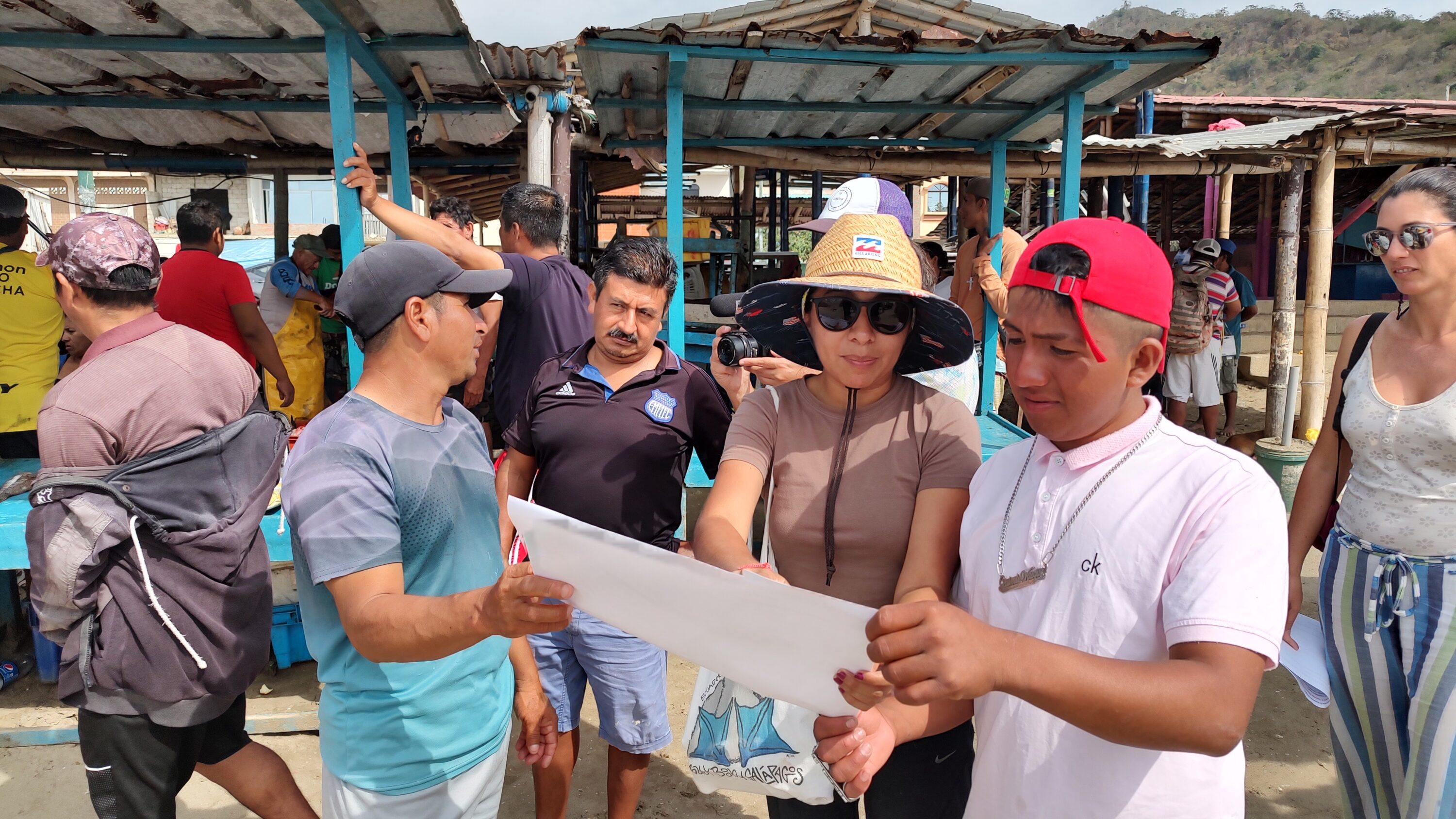
Extraordinary local collaborators such as Ecuadorian marine biologist Adriana Cevallos are key to a successful expedition. Photo © David Ebert
Despite numerous challenges the expedition was successful in raising awareness of the Sharpfin Houndshark from interviewing fishermen, divers, local conservationists and scientists, and others in coastal towns and villages throughout northern Peru and Ecuador. One overriding pattern that emerged from the expedition was that those fishermen under age 50, 60 years old had never heard of this shark, while older fishermen, especially those in their 70s recalled seeing it 40 or more years ago.
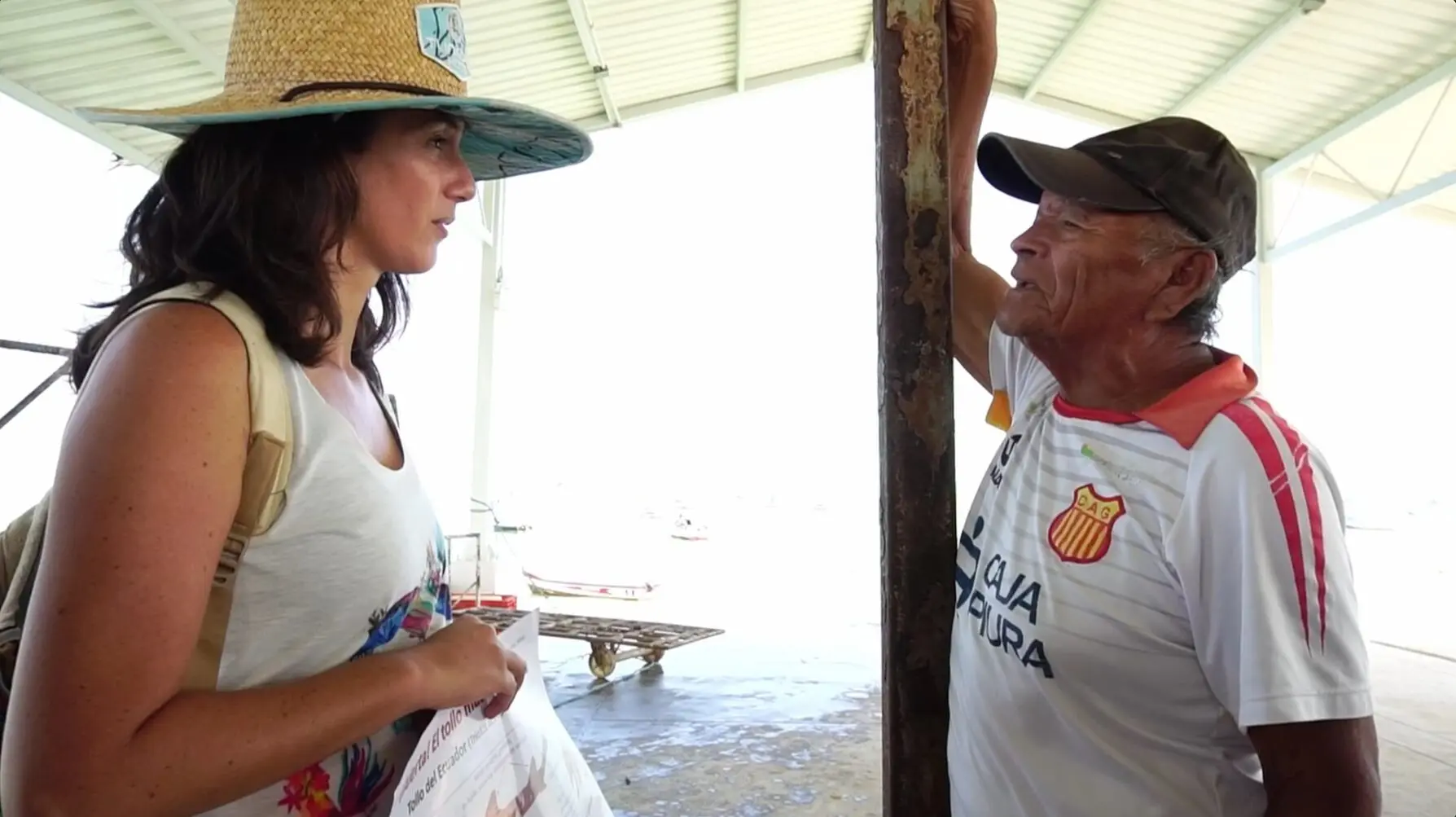
Older fishermen, mostly those over 70 years old such as Julio Ballona [check spelling], remember seeing the Sharpfin Houndshark from their youth, but say they have not seen it in over 40 years. Photo © David Ebert
Only by raising awareness of Ecuador’s “Lost Shark” and bringing attention to other poorly known sharks and rays that maybe disappearing with little notice will sound conservation and management policies be developed.
For more on this story and my search for Ecuador’s Lost Shark please watch the YouTube series “Searching for Lost Sharks: Extinct or Alive” episodes 2 and 3, and please subscribe to the @LostSharkGuy YouTube Channel.
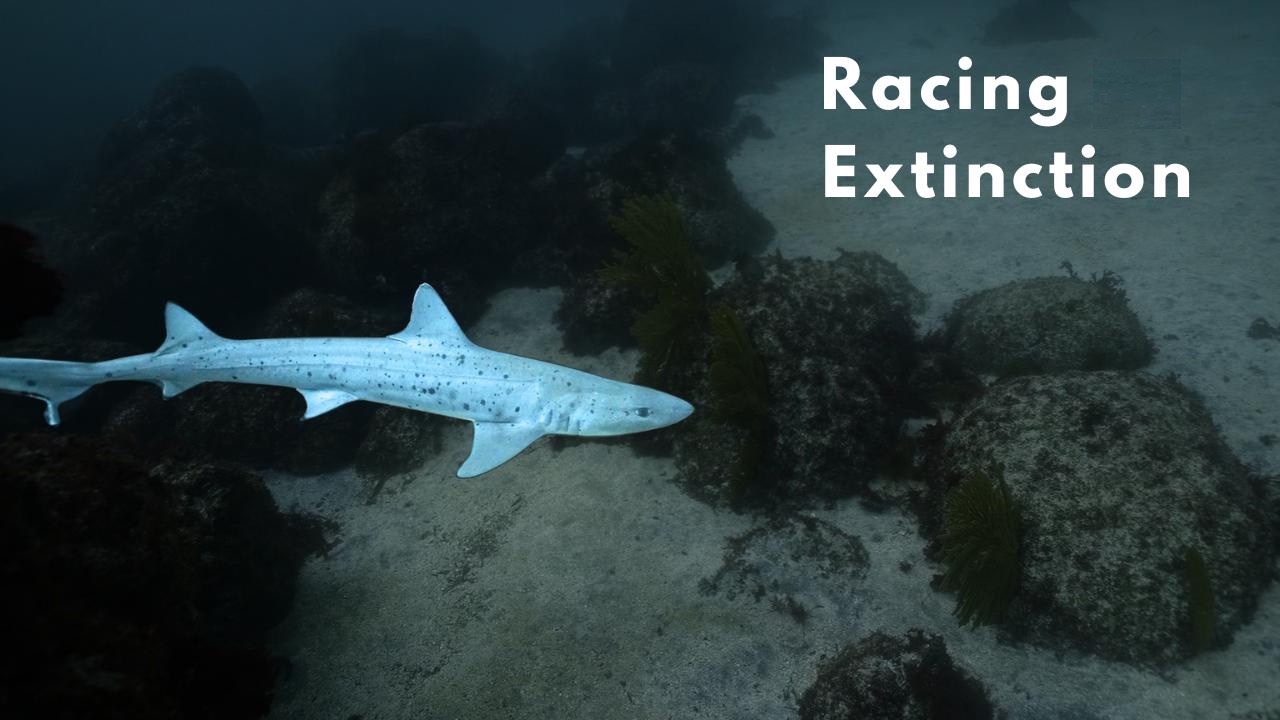
Halting shark and ray extinction will only happen by raising awareness of poorly known species such as Ecuador’s “Lost Shark” and by bringing attention to other poorly known sharks and rays that maybe disappearing without notice. Photo © Alex Schmidt
I want to thank my colleagues Adriana Cevallos (Ecuador Marine Biologist), Michel Guerrero (Proyecto Mantas Ecuador), Walter Gonzalez and Gabriela Flores Rivera (Shark Action Plan Ecuador), and Adriana Gonzales Pestana (Charles Darwin University) who were very generous with their time and knowledge, and Guy Stevens and Jasmine Corbett (The Manta Trust) for use of video footage. A full list of acknowledgements is provided at the end of episodes 2 and 3.
